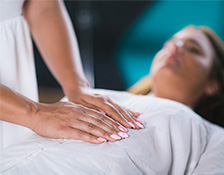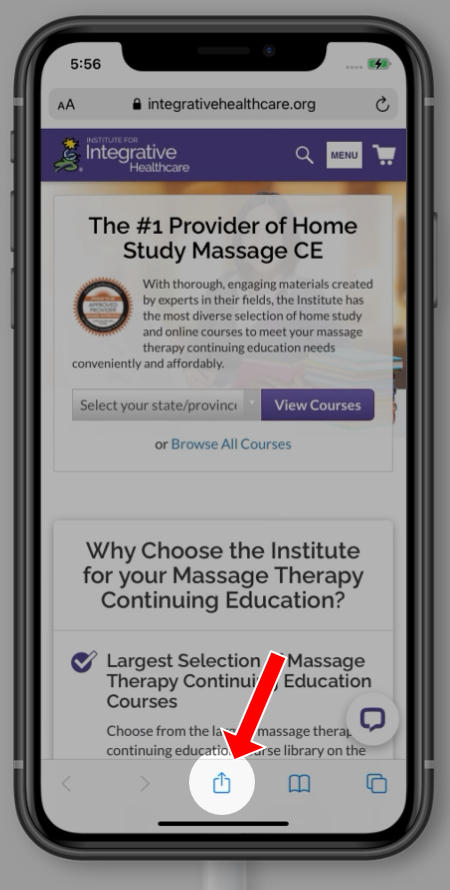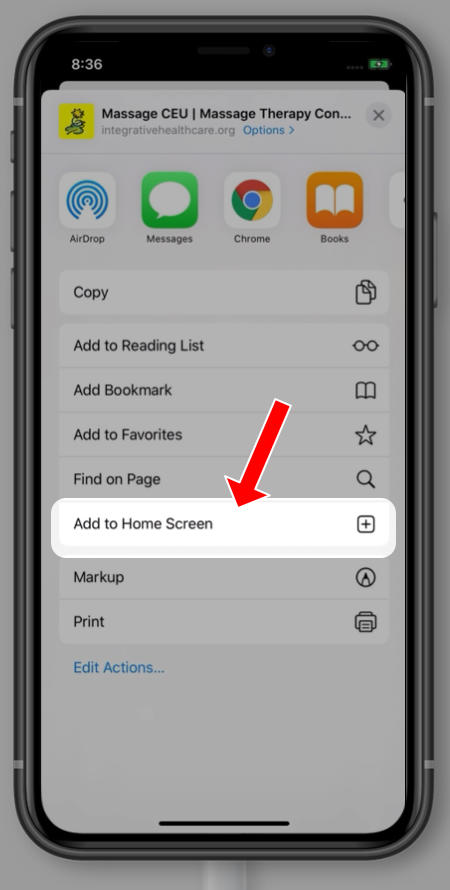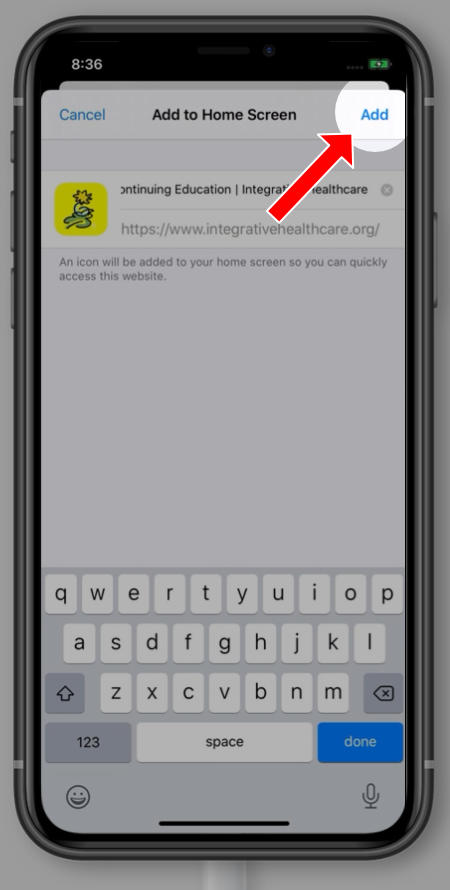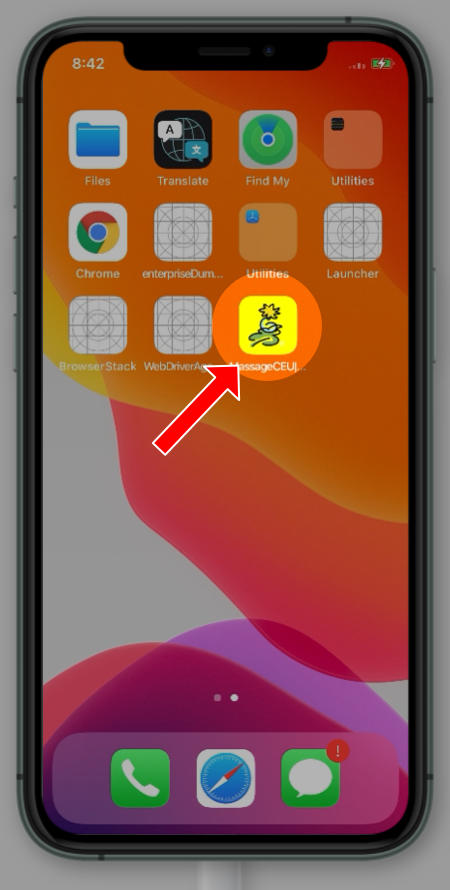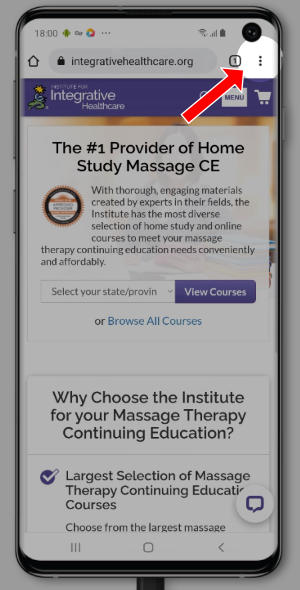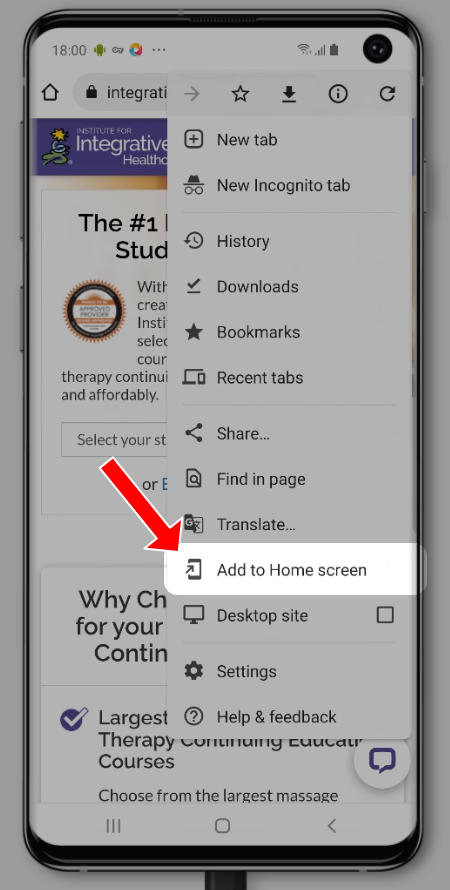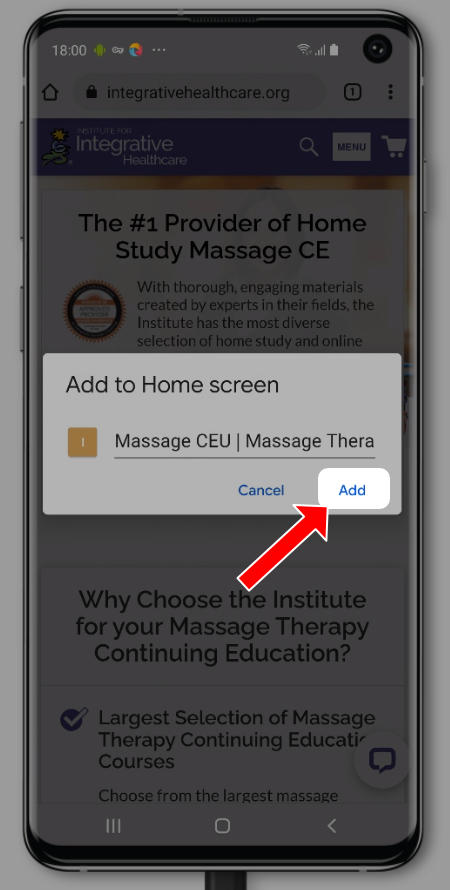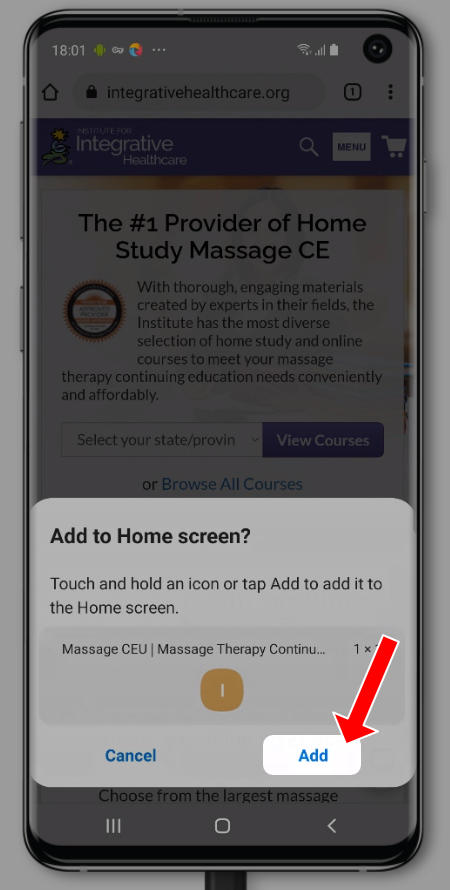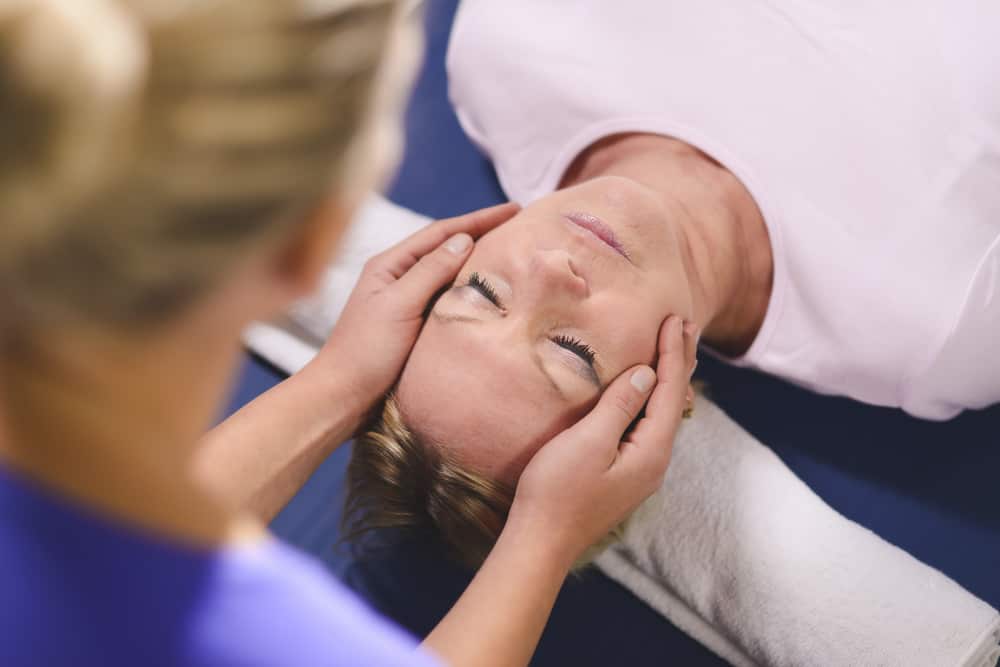

 Want to earn continuing education credit for this article? Learn more.
Want to earn continuing education credit for this article? Learn more.
The History of Reiki
Reiki, as a healing modality, goes back to Japan in 1922 when Mikao Usui is said to have had a mystical revelation, which he claimed entered through his crown chakra during a rigorous period of meditation and fasting on top of Mount Kurama. This revelation allowed him to gain insight into the knowledge and spiritual power for healing, which he could then use on himself and transfer to others. Usui called this energy or power, Reiki. He decided to pass this gift, through various stages of training, on to others.
A student of Usui, Chujiro Hayashi, a medical doctor and artist, developed the practice of Reiki further, focusing less on the meditative aspects and more on the stationary hand placements. In turn, a Japanese-American woman, Hawayo Takata, became a student of Hayashi and brought Reiki to Hawaii and introduced it to Western culture in the late 1930s. She became the thirteenth and last Reiki Master initiated by Hayashi.
Many varieties of Reiki are now taught throughout the world as students bring in their own subtle modifications. However, the lineage of Hayashi and Takata are generally considered the traditional form.
Takata continued to practice Reiki in Hawaii although, in Japan, after World War II, the U.S. government banned all Eastern healing methods and mandated that only Western medicine be practiced. Any alternative healing methods, such as Reiki, then went underground.
Just What Is Reiki?
Many interpretations have been given to the word Reiki, indicating how information can sometimes change as it is handed down from person to person, translated into different languages, or used in different cultures. The most straightforward derivation is attributed to the Japanese words “rei” and “ki,” translated into “unseen” or “universal” and “life force” or “energy,” respectively. Students of Shiatsu or other Eastern forms of bodywork will be familiar with the term “ki,” which is the same as “chi” or “qi” used in acupressure techniques.
Reiki is a form of energy healing and balancing, which includes spiritual healing, meditation, aromatherapy, and more, in addition to its required hand positions. It is considered a kind of energy transference between the client and practitioner and has been thought to help with deep relaxation, detoxification, increased vitality, and removal of negative energy.
Once attuned by a Reiki Master, a first-degree practitioner can use the technique as a form of self-care or on another person. It can also be used in various healthcare locales, such as hospitals, clinics, hospice settings, or assisted-living facilities. Reiki can be used alone or in conjunction with other therapies, such as massage therapy, chiropractic adjustments, and conventional allopathic practices. With sufficient training, Reiki can also be performed at a distance.
The Three Degrees of Reiki
A student of Reiki can advance up through three degrees, or attunements, each of which offers different opportunities.
- First Degree – When a student completes the first degree, they are able to perform Reiki on a person-to-person, hands-on basis. This is the foundation of Reiki and is required before proceeding to the next level. Many students will stop here and use it for self-care and perhaps for family members or friends. It can be practiced by anyone with interest and needs no prior training. A first-degree student will learn the basic protocols, including the mandatory hand placements. The hand positions are not always consistent among practitioners who may have had different instructors, but generally there are commonalities among them, familiar to all Reiki practitioners.
- Second Degree – The second degree attunement is received to acquire the ability to perform distant, non-touch healing. It is recommended that somewhere between three and six months pass before moving on to the second degree. The student learns how to replace the face-to-face connection with methods used for remote work using three symbols said to connect one’s self to a primordial consciousness and an endless source of healing energy.
- Third Degree – This level of training is required in order to teach Reiki, to train and initiate others into all three degrees of proficiency. Reiki Master training denotes not so much an advanced skill, but a more profound commitment to the practice. It means that Reiki becomes more of a lifestyle than an occasional healing session and it denotes a dedication to a return to simplicity as well as trying to achieve balance within one’s life.
The cost of receiving the attunements varies greatly. Initially, those who Takata and others trained charged $10,000 for master initiation and training. There are Reiki Masters who charge much less now – in the hundreds rather than thousands of dollars, with the third degree usually about double the price of the first two. The most important thing is to find an instructor you feel comfortable with and respect.
Continued Reiki Training
Many Reiki Masters or healing centers that confer degrees also offer training beyond the three degrees as well as retreats and conferences. They do not provide a higher degree, but merely more in-depth training (such as Reiki for specific pathologies), mentoring, and business practice advice.
What Happens During a Reiki Session?
In a typical Reiki session, the client will lie down or sit comfortably, fully clothed. The practitioner places their hands either lightly on the client or two to five inches above the body using a series of requisite hand positions, with each position being held for approximately two to five minutes based on the experience of the practitioner. A client usually receives a minimum of four sessions, ranging from 30 to 90 minutes.
It is often asked what people experience during a Reiki session. Of course, clients will have varying experiences. More commonly people will experience tingling, warmth and deep relaxation. In the video “What is Reiki?” at SoaringSpritReiki.com, clients expressed what they felt during their sessions:
- Having had massages before I’m used to somebody touching me but the healing doesn’t come from the manner of the touch like a massage. The healing comes because there is this energy, heat coming from the practitioner.
- I definitely feel a response to the practitioner’s hands. It’s a warm sensation. It’s a tingling sensation. It’s very comfortable. It feels very safe.
- I get these rushes of energy.
- I practically melted into the table with wonderful relaxation.
- I feel like its warm, like someone is hugging me.
- The weight of the world that you carry on your shoulders is now lying in somebody else’s hands.
Lisa Biagetti, Reiki Practitioner, had this to say about her own experience practicing: “So as I lay my hands on them I surround us in this beautiful white light. I feel my heart open up and I feel their heart open up and then this energy just flows.”
What is Reiki Good For?
Studies are limited regarding the application of Reiki for any specific condition, yet in the United States (and throughout many other countries) hospitals offer Reiki to their patients. There are several reasons for integrating Reiki:
- Holistic Care Approach: Hospitals are increasingly recognizing the importance of holistic care, which addresses not only the physical symptoms but also the mental, emotional, and spiritual aspects of a patient’s well-being. Reiki is viewed as a complementary therapy that contributes to a more comprehensive and holistic approach to patient care.
- Patient-Centered Care: Many patients express a desire for integrative and alternative therapies as part of their healthcare. Offering Reiki in hospitals aligns with the principles of patient-centered care, allowing individuals to choose therapies that resonate with their beliefs and preferences.
- Stress Reduction: Reiki is known for its potential to promote relaxation and reduce stress. Stress reduction is crucial in healthcare settings, especially for patients dealing with conditions like cancer. Integrating Reiki as a complementary therapy can contribute to the overall well-being and comfort of patients.
- Support for Cancer Patients: In the specific context of cancer treatment, Reiki is seen as a valuable tool to help cancer patients cope with the physical and emotional challenges associated with their condition. The stress attenuation and symptom improvement reported by participants in Reiki studies contribute to its recognition as a supportive therapy for cancer patients.
- Positive Patient Experiences: The positive feedback and experiences reported by patients who receive Reiki (even those who are not going through cancer), contribute to its acceptance in hospitals. Studies and evaluations have indicated that patients perceive therapeutic benefits, including relief from symptoms such as pain, tension, anxiety, and improved overall well-being.
- Growing Acceptance of Complementary Therapies: There is a growing acceptance within the medical community of complementary therapies, including practices like Reiki. Integrative medicine programs in hospitals aim to combine conventional medical treatments with evidence-based complementary therapies for a more comprehensive approach to patient care.
While there is no evidence to suggest Reiki is a cure for any particular health condition, it should be regarded as a complementary therapy used alongside other medical and therapeutic approaches.
If you are a massage therapist interested in learning and practicing Reiki, you may want to ensure that the instructor is approved as a continuing education provider. You can then receive credit towards requirements needed for license renewal or professional organization membership.
Reiki: A Complement to Massage Therapy
Introducing Reiki into your practice can add another dimension to your work. It can be used to introduce your work to individuals who may not be comfortable with touch in general or the requirement for taking off clothing with Swedish massage. Reiki can also be used on clients with contraindications for hands-on techniques, including those who are terminally ill.
Learning Reiki can also introduce and connect you, the practitioner, to an extended community of instructors, practitioners, and clients interested in this form of energy work. If you choose to take on the responsibility of Reiki Master, you can also conduct classes or individual training of others.
“Just for today, do not be angry, and do not worry. Value your life and make the effort necessary to actualize your life’s purpose. Be kind.”
~ Pamela Miles, Reiki: A Comprehensive Guide,
Adapted from the traditional Reiki precepts
Editor’s Note: While there are some states do not regulate the practice of Reiki, there are others that do. Some regulate massage therapy, but not Reiki. Even if you have received Reiki attunements or training, check with your state and/or local regulating board to find out if you also have to be licensed in your jurisdiction.
Earn continuing education credit for this article contained in our Reiki: An Introduction series. Click here to enroll.

